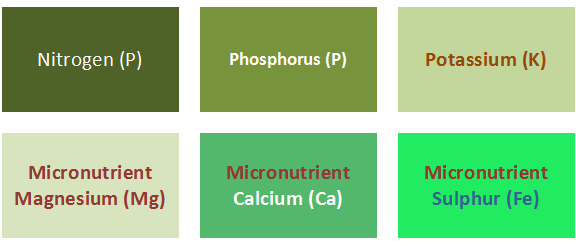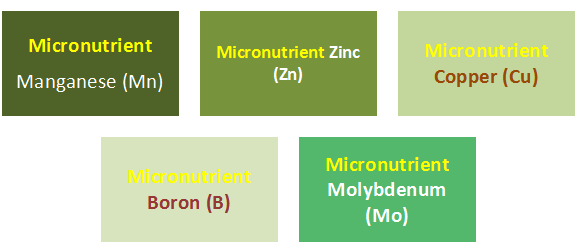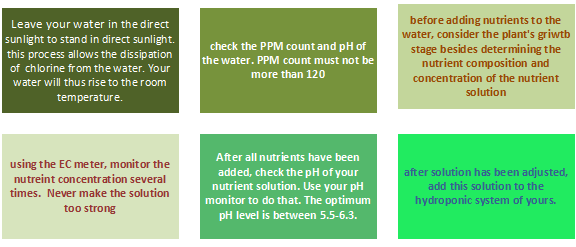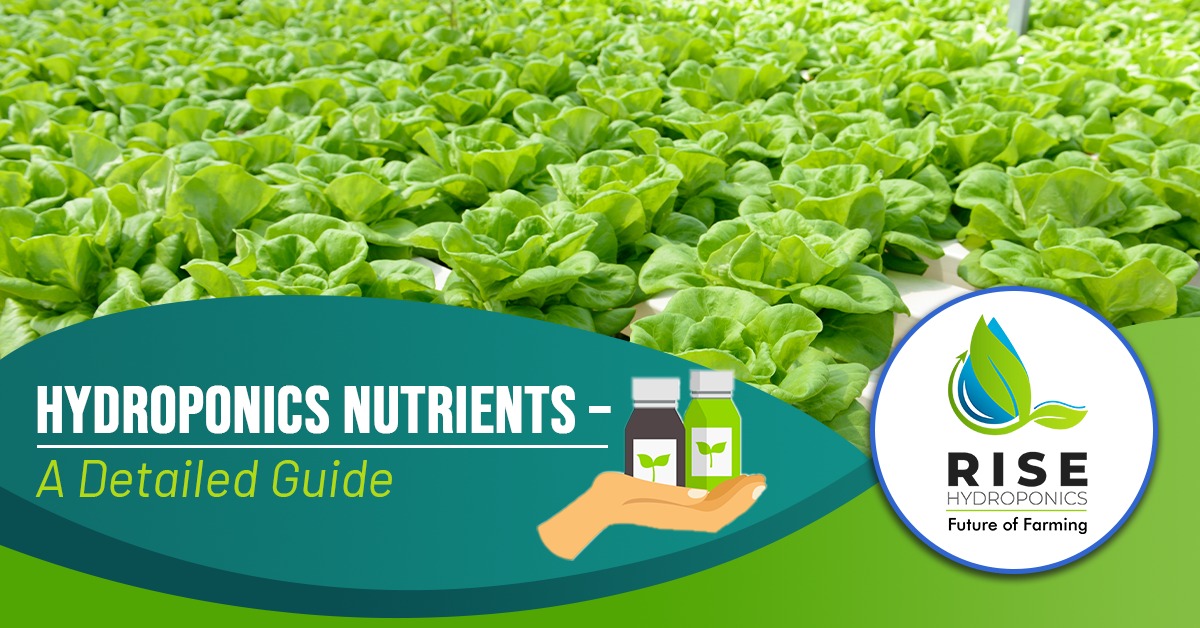If a question that has long troubled you regarding how the plants in hydroponic farming acquire their fair share of nutrients then you have come to the right place. Since, in this method we grow plants without soil, we do miss out a great deal of nutrients that are inherently present in soil. Therefore, we use something called hydroponic nutrients that replace all micro and macro nutrients present within soil.
The only way to make your plants obtain nutrients is through a nutrient and water solution.
Thing to know: Off-the-shelf fertilizer solutions are a strict no-no for plants that grow in soil because they will not suffice for your hydroponic plants.
Reason: Soil is enriched with a wide array of trace nutrients and traditional fertilizers are devoid of these nutrients.
Thus, when you grow plants with hydroponics, you must present everything that your plant requires or it will run into problems that will cause the plants to become unhealthy.
What do we do?- The best way to go about the hydroponic nutrients is dividing them up into micro and macronutrients. Three nutrients that every plant requires are potassium, phosphorus and nitrogen, that too in high quantities. You will need varying proportion and quantity of these nutrients depending on what plants you are growing.
Nutrients your plants need


Nitrogen
If you desire the growth of your plant then you need nitrogen. This nutrient is essential because it lets the plant grow to their complete potential. It also helps to form stems and leaves. Nitrogen is more active in more active and younger growing parts of any plant like shoots and buds.
Did you know? Deficiency of nitrogen is visible through the yellowing of your plant’s yellow leaves. If you find the new shoots of plant to appear weak and yellow than that also hints at nitrogen deficiency. Excessive nitrogen on the other hand, causes impaired growth and inability of a plant to produce flowers and fruits in a timely fashion.
Phosphorus
The most important compound to build healthy roots and adequate growth of seeds and flowers is phosphorus. Phosphorus is one of the most essential components in the system of energy transport within a plant.
Did you know? You can identify phosphorus deficiency in a plant by observing adverse changes in the leaves. Yellow discoloration and poor growth indicates deficiency of phosphorus.
Potassium (K)
Potassium is a key player in major plant processes. In fact ATP production is impossible without potassium. This nutrient is also responsible for stomata activation within leaves besides regulating the chlorophyll amount within the leaves. Would you believe that that potassium also regulates a plant’s energy production capacity? Absolutely yes!
Did you know? You can identify potassium deficiency by the brown discoloration and abnormal curling of the leaves. Plants with insufficient potassium cause disappointing flower and fruit production besides the early falling of fruits.
Micronutrients
Magnesium
You need magnesium for chlorophyll production. Without magnesium your plant cannot grow and your plant enzymes will not function.
Did you know? When there is magnesium deficiency the mature leaves of your plants will undergo yellowing but the veins’ color will be preserved. This sign is called interveinal chlorosis.
Calcium
Calcium is responsible for production of structure and cell walls of a plant. It moves slowly but you will find the highest concentration of it on the roots of the plant.
Did you know? You can identify calcium deficiency by the improper growth of a leaf’s tips and edges. The leaves will undergo browning and die in the absence of calcium.
Sulfur
One of the most important plant proteins has to be sulfur. This nutrient is responsible for root nodules formation and chlorophyll.
Did you know? You can identify sulfur deficiency by yellowing of leaves and slow growth of the plant. There will be slower growth, leaves will get brittle and will become a lot narrower.
Manganese
You need manganese for nitrogen processing, photosynthesis and respiration. It plays a major role in improving pollen germination and disease resistance.
Did you know? You can identify manganese deficiency by stunted growth of a plant and interveinal chlorosis.
Iron
Iron plays a major role in chlorophyll production and boosting the iron level makes them appear more vibrant and greener.
Zinc
Your plants require very less quantities of zinc. This micronutrient plays a great role in stem elongation and plant growth regulation.
Did you know? Deficiency of zinc causes leaves to curl and a leaf’s peripheries undergo necrosis. You can also notice the leaves to turn yellow and improper development of buds.
Copper
Copper is one of the most important catalysts for numerous chemical processes that take place within the plants. You need copper for a plant’s respiration and metabolism. Toxicity of copper turns to be quite disastrous for plants and can lead to their death.
Molybdenum
You require molybdenum in very small quantities. This micronutrient is one of the most important catalysts for production of proteins.
Boron
You require boron for the production of new cell walls and for the successful division of cells. Boron plays a key role in fruit and flower production.
How do you make your Hydroponic nutrient solution?
First step is to procure equipments and these include:
- A clean bucket preferably large
- A stick for stirring
- A syringe to measure smaller volumes
- A jug for measuring larger volumes
- Nutrient solutions
- A pH meter (electric)
- An EC meter (electric)
- Suitable solutions for pH adjustment (potassium hydroxide and phosphoric acid work fine)

Grow away!
We would strongly recommend testing the water hardness before you attempt hydroponic farming. And, once you have follow the steps we shared keeping in mind the nutrients and grow as many plants you like.

